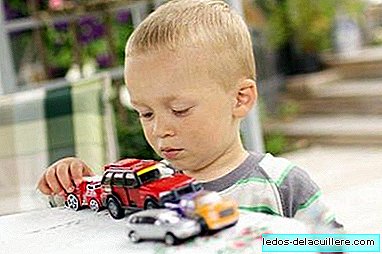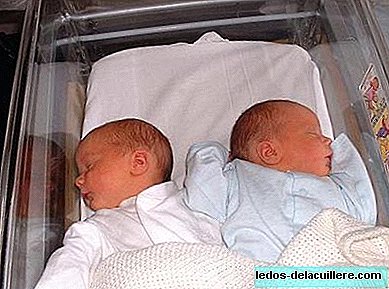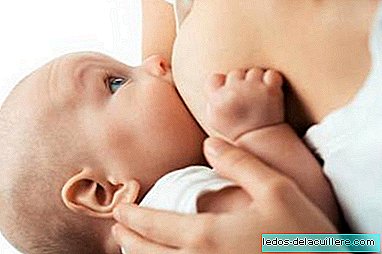
Surely Santa Claus or the Kings have already loaded their gifts, but it's never too late to talk about toy safety. On the occasion of the arrival of Christmas, the DAS legal attention center has launched the "Don't Play It" campaign to help consumers identify safe toys and that he knows how to act before those products that do not meet the minimum requirements.
Spain is the community country that reports more dangerous toys every year, according to data from the European Union. Since, as much as the authorities and consumer organizations strive, in the end dangerous toys sneak into the market, these tips should be taken into account, to prevent and to act in case of running into defective or poor quality toys.
These are the ten tips for "Don't Play It" and that truly the games and toys chosen are for the enjoyment and safe learning of children:
Before buying the toy, check that the “CE Mark” appears on the packaging by which the manufacturer certifies that the item meets the safety requirements of the European Union.
Make sure that the name, brand of the product and the address in Spain of the manufacturer or importer are on the packaging or labeling.
Check the warnings regarding the dangers inherent in the toy and the risks of damage that entail its use.
Keep in mind the minimum and maximum age of use indicated on the product.
The toy must be accompanied by instructions and safety information, which will be written at least in Spanish.
Be careful with smaller toys or those that contain small parts that may carry choking hazards.
Be especially cautious with electrical operating items and nautical toys. Risk warnings for children under three years of age must be clearly specified. The regulations establish that products aimed at this group of children cannot contain pieces less than three centimeters in diameter and six centimeters in length.
Toys with ropes longer than 30 centimeters represent a risk of strangulation for babies.
Avoid all jewelry, especially metal, for young children. Also magnetic toys or those that contain toxic chemicals.
If the toy does not meet any of the requirements or the consumer detects that it may involve risks not warned, it can denounce it in the corresponding Consumer agencies of its Autonomous Community.
Since last summer, a Royal Decree harmonizes Spanish regulations with European Union legislation to limit as much as possible the risks to which the child may be exposed when using any type of toy.
However, the majority of reported toys come from outside the European borders, with China usually being the most denounced foreign market (60% of the complaints in 2009).
Still, as we have seen on many occasions, many unsafe and dangerous toys are still exposed on store shelves within the reach of consumers. Report those toys that we detect as dangerous It could help their withdrawal and prevent accidents in other children.
Official Site | DAS Photo | Ernst Vikne on Flickr
In Babies and more | Safety recommendations with toys, The European Commission proposes stricter rules for toys, The ten worst toys of 2011












